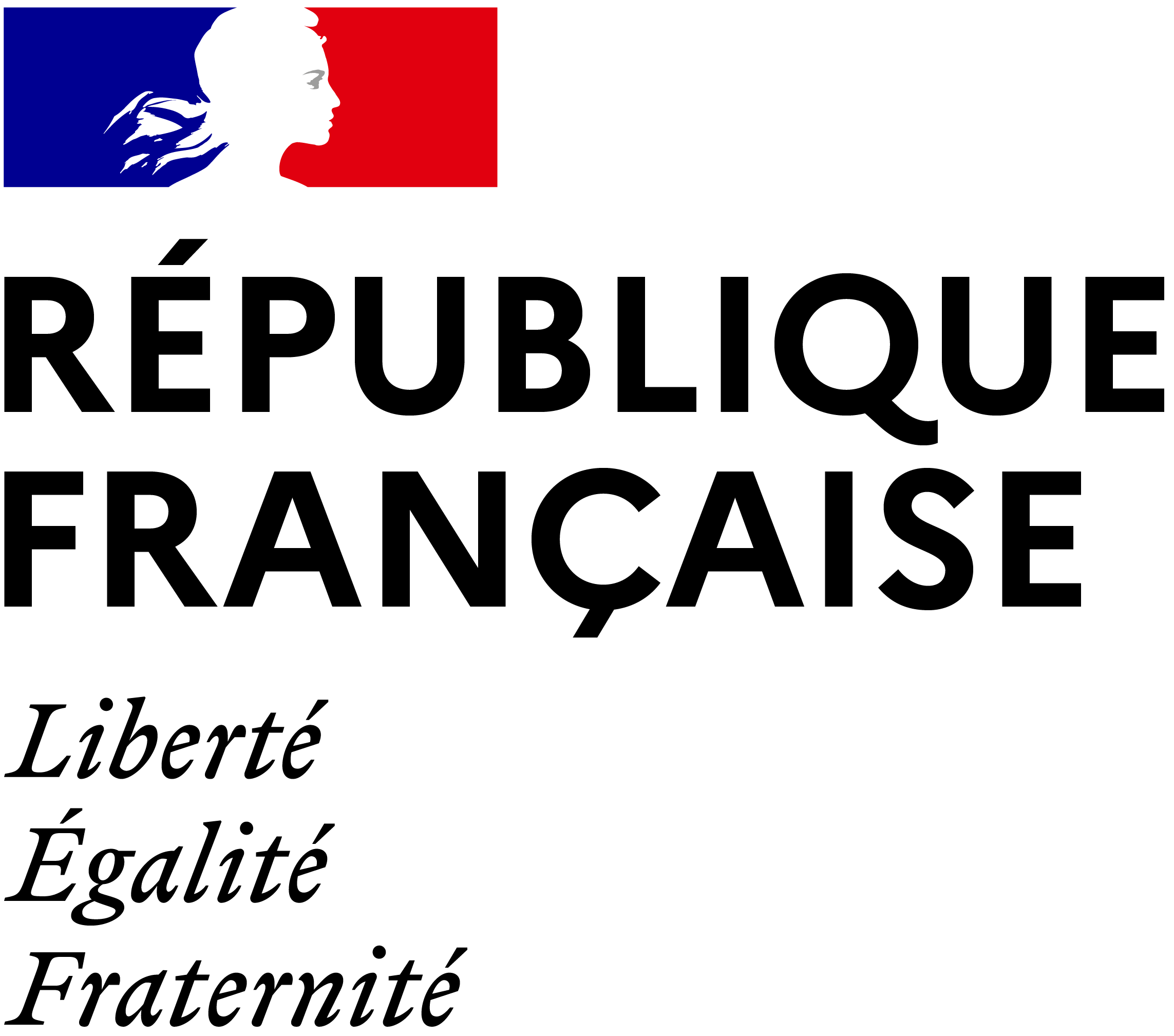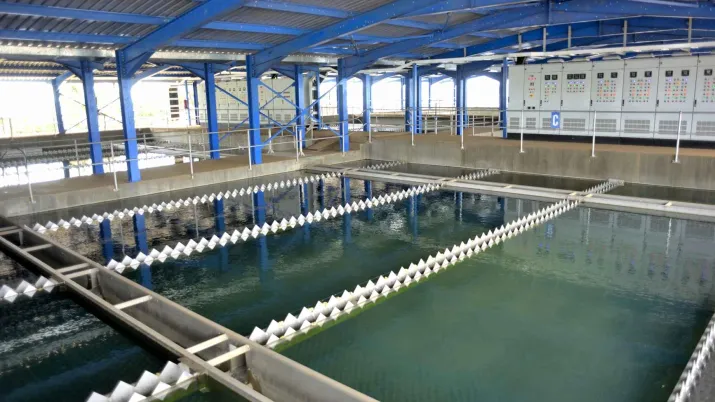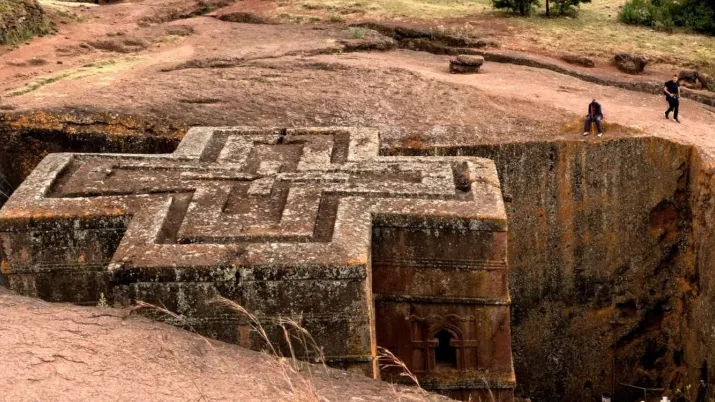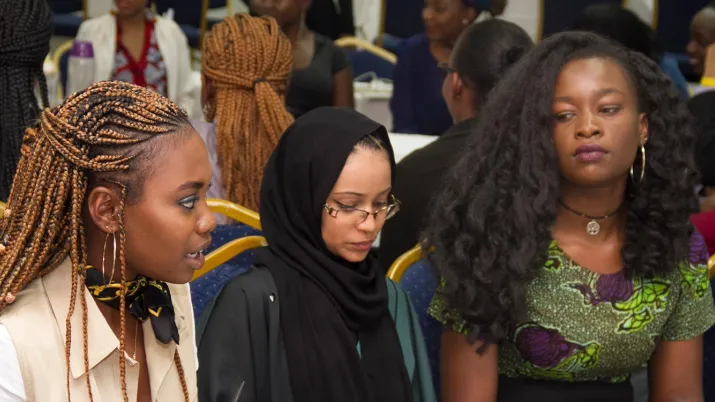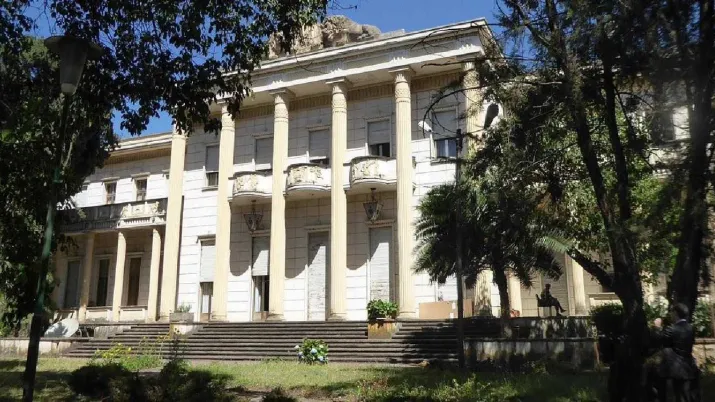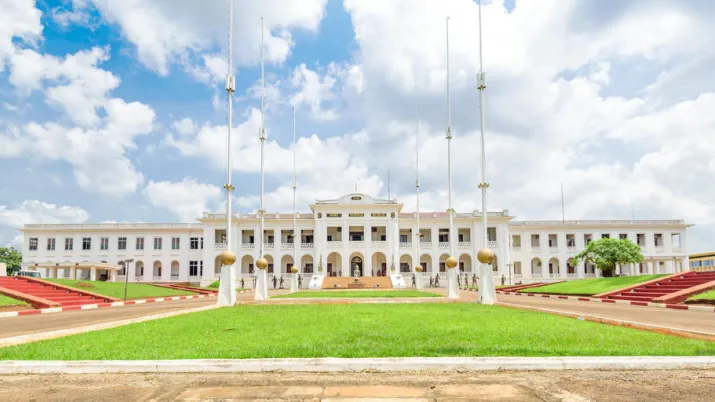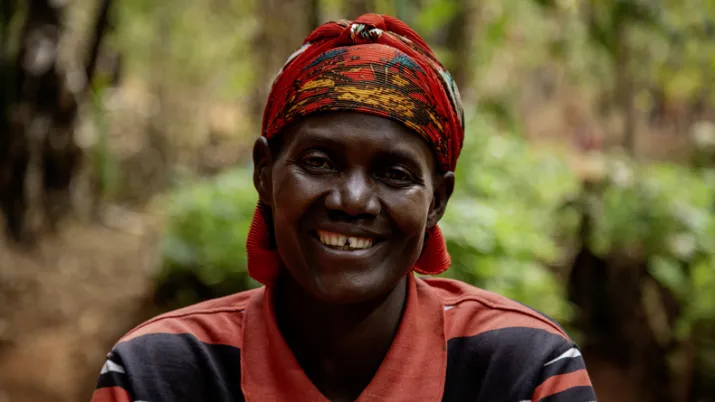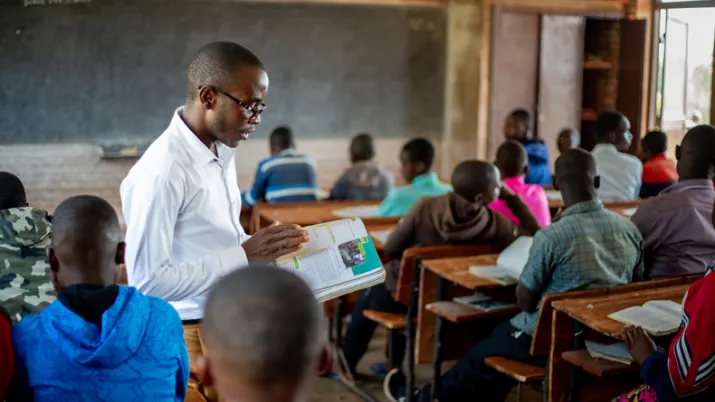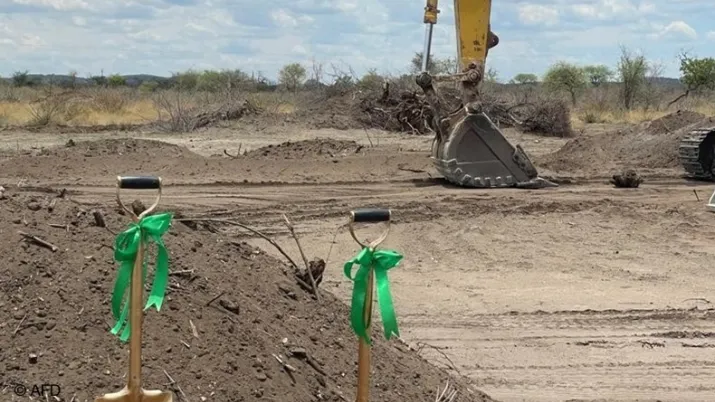Share the page
ETHIOPIA: The restoration and reopening of the National Palace
Project
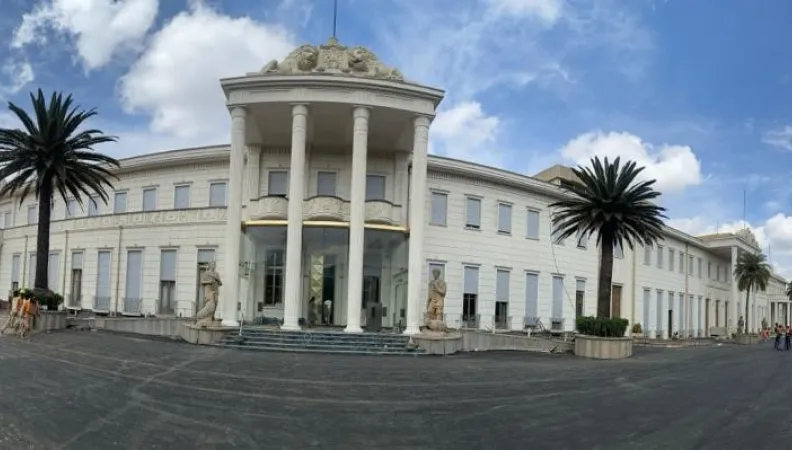

-
Project start date
-
Status
Ongoing
-
Project end date
-
-
Project duration
-
4 years
-
AFD financing amount
-
€ 25 000 000
-
Location
-
Addis-Abeba, Ethiopia
-
Type of financing
-
Beneficiaries
-
Federal Democratic Republic of Ethiopia (FDRE)
-
Type of beneficiary
-
State
AFD is helping to finance the restoration of the National Palace and its park, as well as the transformation of the site into a museum to open to the public in 2024.
Context
Ethiopia has a rich historical and cultural heritage, which it wishes to preserve and enhance, but which is nevertheless in danger. Thus, following Ethiopia's request in 2019, France is committed to supporting the Ethiopian authorities in the management of its national heritage, of which the National Palace is a part.
An iconic government building in Ethiopia, it was the last residence of Emperor Haile Selassie. Following his overthrow in 1974, the Palace was abandoned for several years and then used as the Presidential residence and as a venue for state receptions. It has never been open to the public.
The building is neoclassical, with a strong Art Deco influence. The bas-reliefs on the main façade illustrate the history of Ethiopia. Together with the surrounding gardens, it constitutes a major heritage site of significant cultural, historical, and aesthetic interest, which remains unexploited to this day. Its considerable collections further contribute to this significant cultural and historical potential.
Description
The project aims to open the Palace to both national and international visitors by proposing a restoration and enhancement of the site and its collections according to international standards. The National Palace is intended to become a major tourist destination in the capital.
It supports a comprehensive restoration and renovation program for the entire Palace site, which comprises three axes:
- The restoration of the National Palace, its collections, and a portion of its park. The conversion of its basement into a museum for permanent imperial collections. The construction of a new reception building for the visitors entrance and the development of spaces open to the public;
- The development of a scientific and cultural program ((including for the Emperor’s car collection museum) tailored to the narrative and image associated with the Palace and inclusive for all types of audiences;
- The strengthening of the heritage institution, with a view to establishing adequate means for the management of the Palace, having a sustainable economic model, functional governance, and human capacities developed for each of the functions of a publicly accessible cultural institution.
Impacts
- Contribution to the tourist and cultural attractiveness of Addis Ababa
- Contribution to the development of the local economy
- Strengthening of Ethiopian state skills in the management of national heritage.

